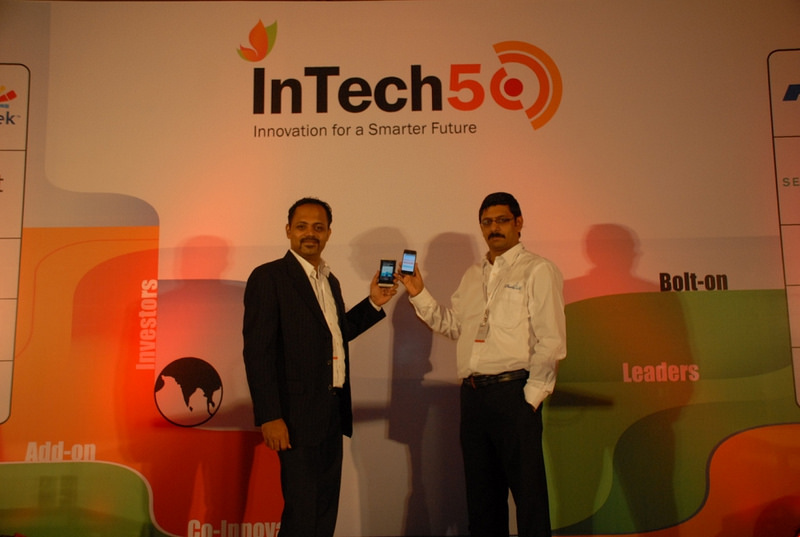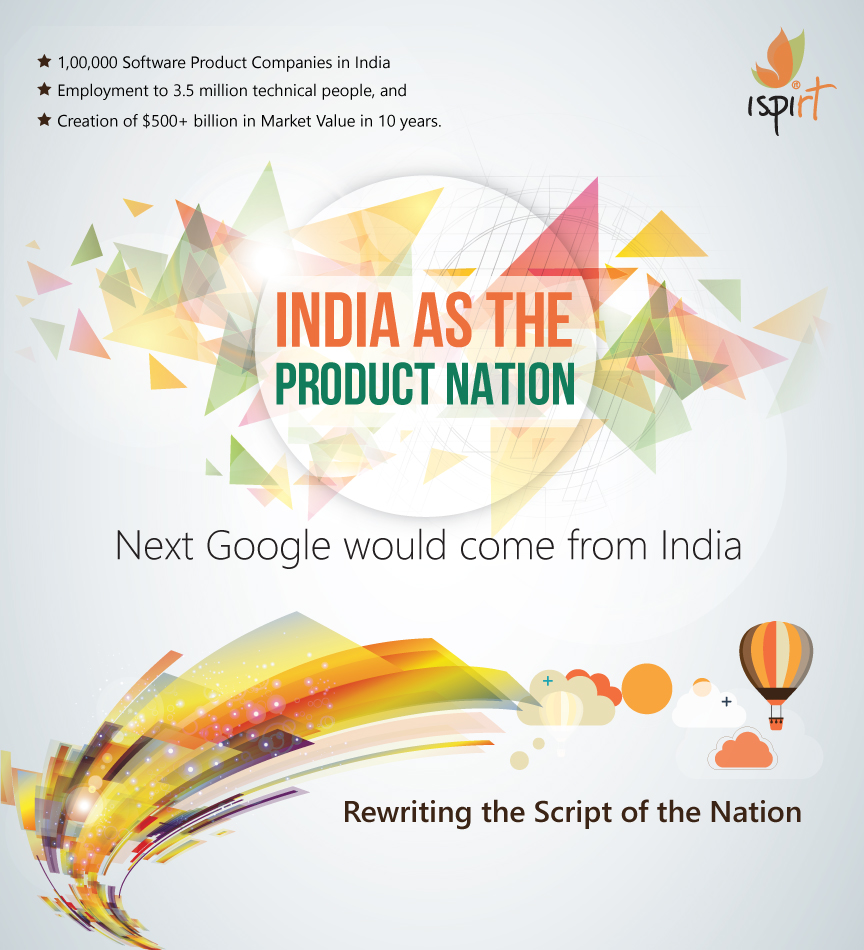Can public-tech usher in cash-flow lending at scale for small businesses? We will soon find out. Early pilots of the Open Credit Enablement Network (OCEN) have gone well. But they were without a key ingredient – the Account Aggregator (AA) system. Last September, AA went live for the public. Since then, it’s been doing well. More than a million consents have happened and growing at a good clip of ~60-65% MoM. Many banks are now connected to the system. SEBI-regulated entities are also joining in. Goods and Services Tax Network (GSTN) data should come in soon. All this augurs well for cash-flow lending for GST-paying MSMEs.
One significant learning from this India Stack effort is that public-tech has a dual role. It has to help innovators innovate better while simultaneously assisting regulators in regulating more effectively. Of course, this is easier said than done! But this is what good design of public-tech is about. For instance, OCEN helps regulators bring much-needed discipline to the wild world of digital lending by helping each type of market player stay in their lane. At the same time, OCEN also powers innovation by these market players in underwriting, disbursement control, and collections.
The public-tech in AA is the Data Empowerment and Protection Architecture (DEPA). Unsurprisingly, DEPA also plays a dual role by helping regulators regulate better, and market players innovate faster. We need thoughtful interaction between the market players and the regulator to leverage this. Sahamati is an answer to this need. It was incubated in 2019 to be a market collective of AA players with the expectation that it will become a Self-Regulating Organization (SRO) one day. It is a market catalyst for the AA ecosystem to grow better.
Sahamati Flying the Nest
Today we are announcing that Sahamati is exiting iSPIRT’s incubation and assuming an independent role. For the past three years, BG Mahesh and his team have steered Sahamati with diligence and a sense of mission. As a result, it has now built its own credibility amongst market participants.
Sahamati becoming independent is a big moment for the AA ecosystem. Sahamati has been making exemplary contributions to the ecosystem. Despite not having a formal status of an SRO, Sahamati has crafted a certification framework and empaneled certifiers to enhance the AA system’s interoperability. It has also harmonized legal agreements through a common participation terms and a dispute resolution system.
One of our core volunteers in the DEPA/AA effort – Siddharth Shetty (also a Co-Founder of Sahamati) – has moved full-time to Sahamati. This shift improves the odds of Sahamati success.
This is also a big moment for iSPIRT.
iSPIRT is as much about building public-tech as it is about creating new ecosystem institutions to bring playgrounds to life. Having Sahamati become independent at this time releases iSPIRT volunteer cycles for the unfinished data agenda of getting the Public Credit Registry (PCR) and the system for Non-Personal Data (NPD, also referred to as the Training Data Cycle) in place for cash-flow lending. We will now be able to focus on these items better.
In our incubation of Sahamati, we have benefitted from the learnings of two early attempts in setting up SROs. Our first market collective incubation was Digital India Collective for Empowerment (DICE) for Drones. DICE never took off despite the efforts of a committed and enthusiastic anchor volunteer. We were also actively involved in the creation of DLAI. Sadly, DLAI pivoted away from its mission to serve India-2 and ended up focusing on India-1. While this was good for its members in the short term, it didn’t address the larger mission of bringing cash-flow lending to small businesses. So, we had to restart our SRO efforts there, and now CredAll is being incubated as an MSME cash-flow lending SRO.
Happily, thanks to Reserve Bank of India, Securities and Exchange Board of India, Insurance Regulatory and Development Authority of India, and Pension Fund Regulatory and Development Authority, the AA system has momentum today. Sahamati is plugged into this momentum. As long as it doesn’t make any unforced errors by failing to prevent mission capture by donors and market participants, its contribution to the AA ecosystem will only grow. We are excited about its prospects and fully confident in its ability to foster a healthy AA ecosystem.
Who owns Yoga?
Yoga is owned by yogis and ashrams, not by AYUSH Ministry or market players. Likewise, public-tech is often a result of no-greed and no-glory volunteering rather than a creation of a Ministry or market participants. DEPA is an example of this. iSPIRT recognizes its responsibility to keep evolving DEPA. This is also crucial for globalization of DEPA.
There is much to learn from MOSIP in this regard. Today, it is the most successful global Digital Public Good from India. More than 70m citizens in various countries have received their country ID using this system, which is snowballing. MOSIP is based in IIIT Bangalore, and its institutional structure has been instrumental to its successful globalization. Why does this matter?
Take Electronic Voting Machines (EVMs) as an example. Despite their extraordinary success in India, they haven’t been adopted by any other country. The main reason is that the creation and governance of public-tech are in the hands of the Govt. of India, and this worries other Governments. MOSIP breaks this jinx. The MOSIP experience has given us a ton of learnings on how to take our DPGs global. Our decision to make Sahamati independent gives us more cycles to apply these learnings to DEPA going global.
Cautious Optimism
Human spirit is the ability to face the uncertainty of the future with curiosity and optimism – Bernard Beckett
Sahamati will now fly on its own. I will admit that there was some trepidation in our iSPIRT core group about whether this is the right time to make Sahamati independent. Getting the timing right is never easy.
We wish Sahamati the best and hope that it becomes a model market collective for the financial industry. We, at iSPIRT, will of course, always be available for guidance or help at all times.
Within iSPIRT, there is much that remains to be done. Many other things in the pipeline need to be brought to life. We have two decades of work before us to fully ‘rewrite the script of the nation’!
[With inputs from Sanjay Anandaram, Sanjay Jain, Jyothi Iyengar, Prof. Das, Prof. Rajagopalan, BG Mahesh, and many others]







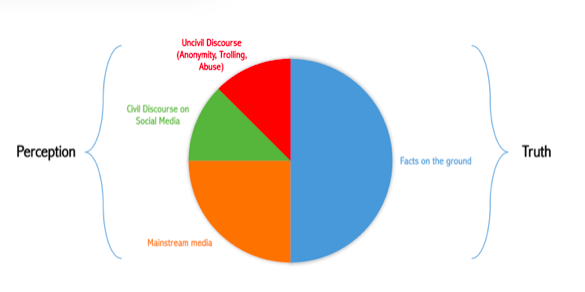

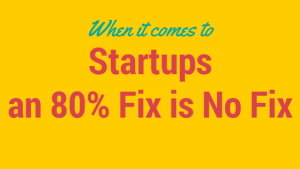 In this polytheistic world of entrepreneurs, who is the Startup Initiative for? If it’s for all the various types of entrepreneurs, then it will quickly succumb to the 80% syndrome. Policy-makers will address things that are the common denominator for all types of entrepreneurs. While this is necessary , it’s not sufficient. As any product manager in the technology industry will tell you, this 80% fix is a recipe for failure.
In this polytheistic world of entrepreneurs, who is the Startup Initiative for? If it’s for all the various types of entrepreneurs, then it will quickly succumb to the 80% syndrome. Policy-makers will address things that are the common denominator for all types of entrepreneurs. While this is necessary , it’s not sufficient. As any product manager in the technology industry will tell you, this 80% fix is a recipe for failure. Each of these types of entrepreneurs is in pain today . Last year 54% of the funded technology startups redomiciled themselves outside India. This year, iSPIRT estimates, the exodus has accelerated and the number of companies redomiciling out of India will be
Each of these types of entrepreneurs is in pain today . Last year 54% of the funded technology startups redomiciled themselves outside India. This year, iSPIRT estimates, the exodus has accelerated and the number of companies redomiciling out of India will be 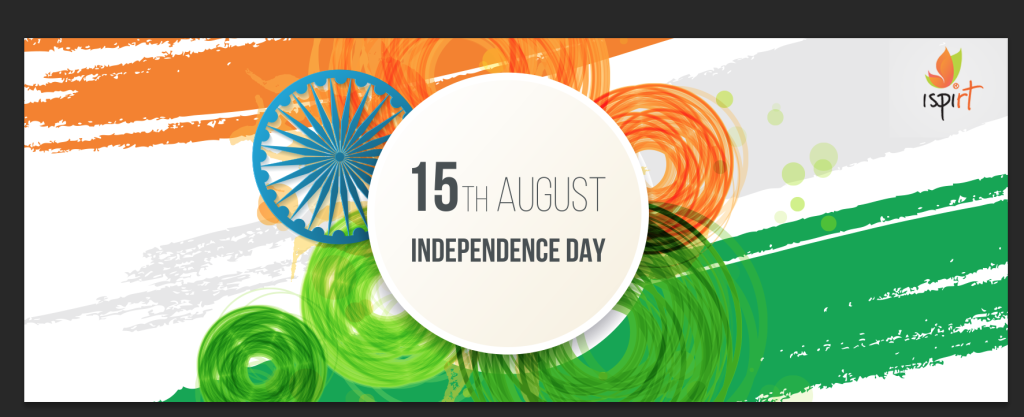 In conversations with other people in the ecosystem over the last month, there has been a realisation about the need to create what we call category leaders in the product space.
In conversations with other people in the ecosystem over the last month, there has been a realisation about the need to create what we call category leaders in the product space. Entrepreneurship is a state of mind
Entrepreneurship is a state of mind